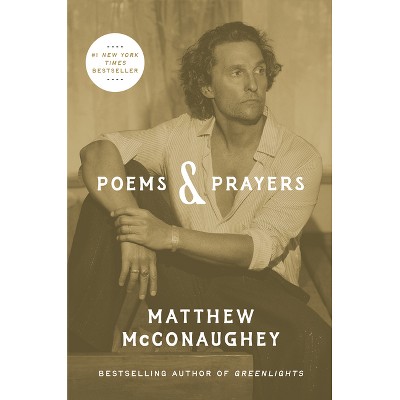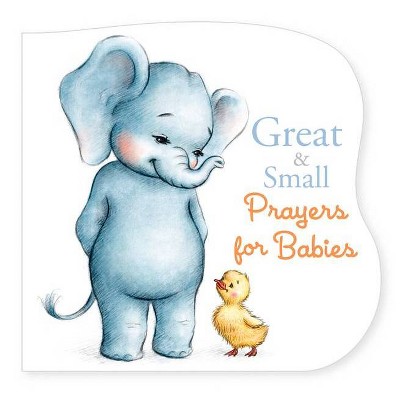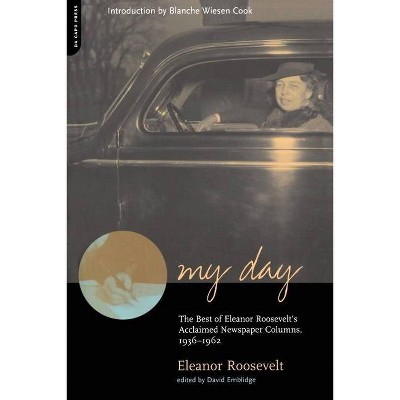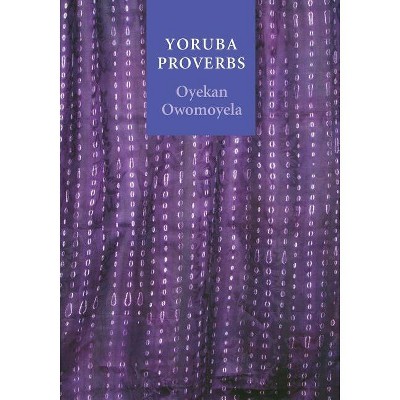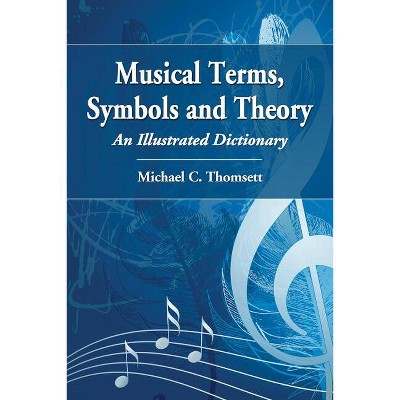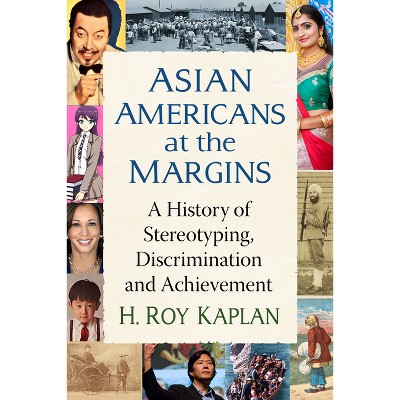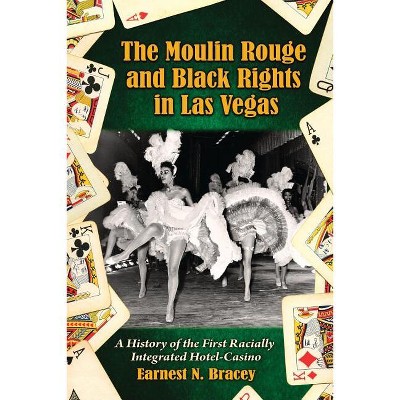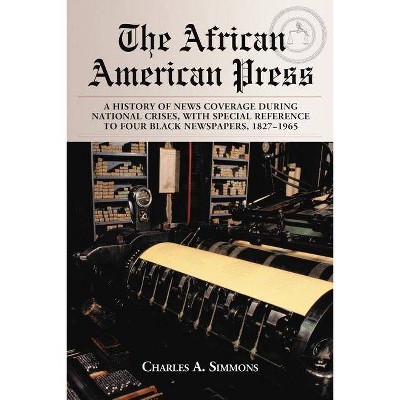Sponsored

Japan's Musical Tradition - by Miyuki Yoshikami (Paperback)
In Stock
Sponsored
About this item
Highlights
- What makes Japanese music sound Japanese?
- About the Author: Miyuki Yoshikami taught Honors courses on the Japanese performing arts at the University of Maryland and at the Gettysburg College Music Department.
- 251 Pages
- Social Science, Ethnic Studies
Description
About the Book
""What makes Japanese music sound Japanese? Each genre of Japan's pre-Western music (hogaku) morphed from the preceding one with singing at its foundation. In ancient Shinto prayers, words of power recited in a prescribed cadence communicated veneration and community needs to the divine spirit (kami). From the prayers, Japan's word-based music gained support with simple percussion and stringed instruments. More sophisticated recitations evolved with biwa, shamisen, and koto accompaniment. This study reveals shortcomings in the usual interpretation of Japanese music from a pitch-based Western perspective and carefully explores how the quintessential musical elements of singing, instrumental accompaniment, scale, and format were transmitted from their Shinto inception through all of Japan's music. Japan's culture, including the iemoto system and teaching methods, served to exactly replicate Japan's music for centuries. Considering Japan's music in the context of its own culture, logic, and sources is essential to gaining a clear understanding of Japan's music and dissipating the mystery of the music's "Japaneseness." Greater appreciation for the music inevitably follows."-Provided by publisher"--Book Synopsis
What makes Japanese music sound Japanese? Each genre of Japan's pre-Western music (hogaku) morphed from the preceding one with singing at its foundation. In ancient Shinto prayers, words of power recited in a prescribed cadence communicated veneration and community needs to the divine spirit (kami). From the prayers, Japan's word-based music evolved into increasingly more sophisticated recitations with biwa, shamisen, and koto accompaniment.
This examination reveals shortcomings in the typical interpretation of Japanese music from a pitch-based Western perspective and carefully explores how the quintessential musical elements of singing, instrumental accompaniment, scale, and format were transmitted from their Shinto inception through all of Japan's music. Japan's culture, with its unique iemoto system and teaching methods, served to exactly replicate Japan's music for centuries. Considering Japan's music in the context of its own culture, logic, and sources is essential to gaining a clear understanding and appreciation of Japan's music and dissipating the mystery of the music's "Japaneseness." Greater enjoyment of the music inevitably follows.
About the Author
Miyuki Yoshikami taught Honors courses on the Japanese performing arts at the University of Maryland and at the Gettysburg College Music Department. She has performed professionally on the koto at the National Cathedral and with the National Symphony Orchestra at the Kennedy Center. She gives performance lectures at many venues, including the Freer Gallery. She teaches the koto privately and lives in Bethesda, Maryland.Shipping details
Return details
Frequently bought together
Trending Non-Fiction

